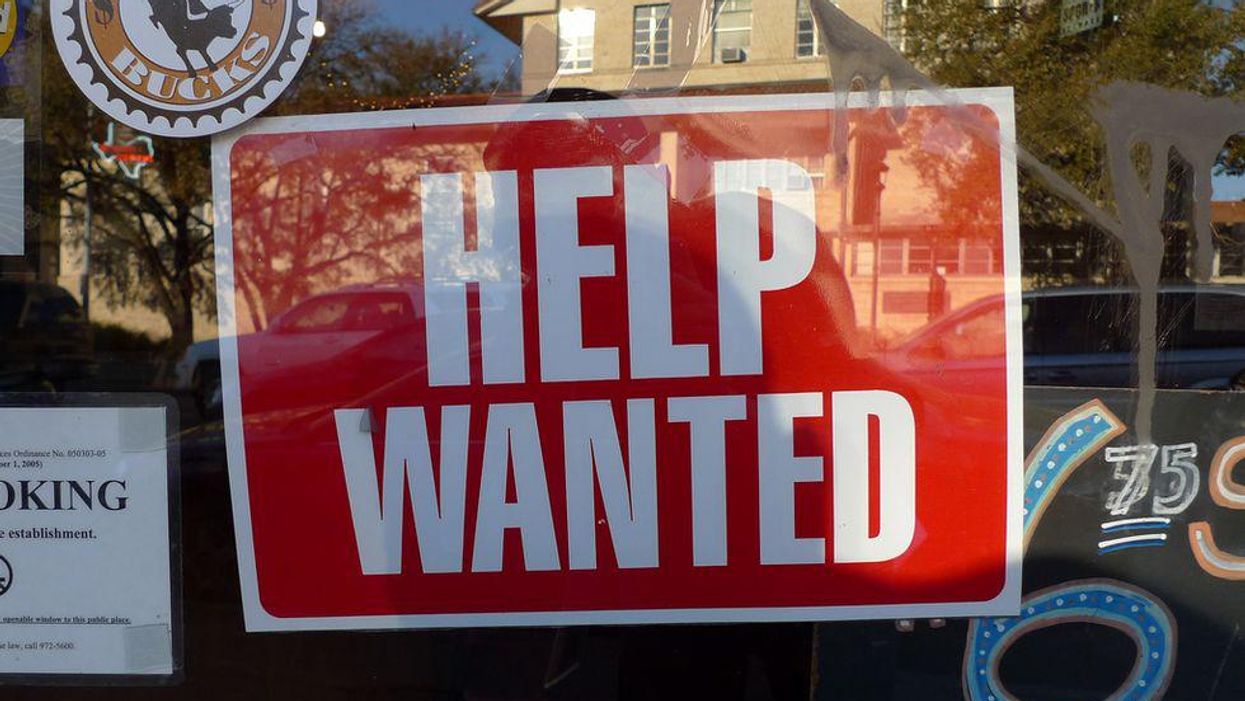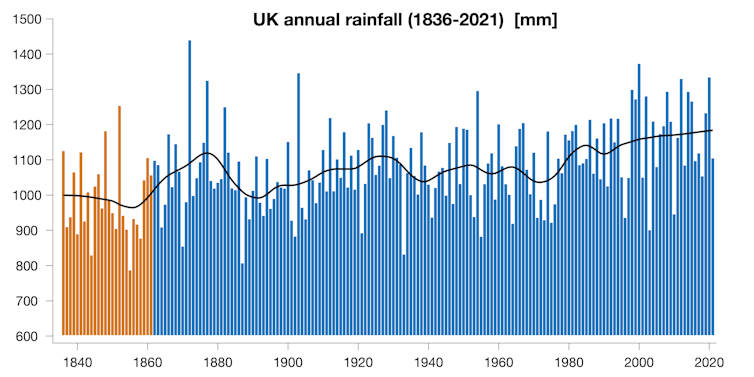
FILE PHOTO: Philippine Vice President Leni Robredo's campaign rally
Fri, April 8, 2022
MANILA (Reuters) - The Philippines education ministry came under fire from teachers on Friday over a learning module that contained negative content about presidential candidate Leni Robredo, and praise for incumbent Rodrigo Duterte, including a fake endorsement from Britain's queen.
In one online module, students age 17-18 were required to identify spelling, grammar and content errors from a sample of news headlines, and detect statements that were "unsubstantiated generalisations", all of which involved opposition leader Robredo.
The module, which was created in 2020, started circulating on social media on Thursday, just over four weeks away from a presidential election.
Duterte is not running for re-election but has a bitter rivalry with Robredo, who has been critical of his government's pandemic response and effectiveness of his bloody war on drugs.
ACT Teachers Partylist, a congressional group representing teachers, expressed outrage over the learning material and said teachers had struggled enough from two years of pandemic restrictions on face-to-face learning.
"Strict adherence to the procedures and safeguards in the production of modules will give justice to them and will ensure that the people's taxes indeed go to quality education instead of shoddy teaching materials and politicking," it said in a statement.
Education Secretary Leonor Briones said the module had not passed the standard review process and had since been withdrawn.
In a text message she said authorities also were "exerting all efforts to warn teachers against participating in partisan politics".
Other exercises contained quotes that students where required to examine for accuracy, credibility and reasonableness, including one about Duterte purportedly by Britain's Queen Elizabeth, saying "Filipinos are very fortunate to have him".
Robredo on Friday said education authorities should not publish content that "would poison people's minds".
In one online module, students age 17-18 were required to identify spelling, grammar and content errors from a sample of news headlines, and detect statements that were "unsubstantiated generalisations", all of which involved opposition leader Robredo.
The module, which was created in 2020, started circulating on social media on Thursday, just over four weeks away from a presidential election.
Duterte is not running for re-election but has a bitter rivalry with Robredo, who has been critical of his government's pandemic response and effectiveness of his bloody war on drugs.
ACT Teachers Partylist, a congressional group representing teachers, expressed outrage over the learning material and said teachers had struggled enough from two years of pandemic restrictions on face-to-face learning.
"Strict adherence to the procedures and safeguards in the production of modules will give justice to them and will ensure that the people's taxes indeed go to quality education instead of shoddy teaching materials and politicking," it said in a statement.
Education Secretary Leonor Briones said the module had not passed the standard review process and had since been withdrawn.
In a text message she said authorities also were "exerting all efforts to warn teachers against participating in partisan politics".
Other exercises contained quotes that students where required to examine for accuracy, credibility and reasonableness, including one about Duterte purportedly by Britain's Queen Elizabeth, saying "Filipinos are very fortunate to have him".
Robredo on Friday said education authorities should not publish content that "would poison people's minds".













